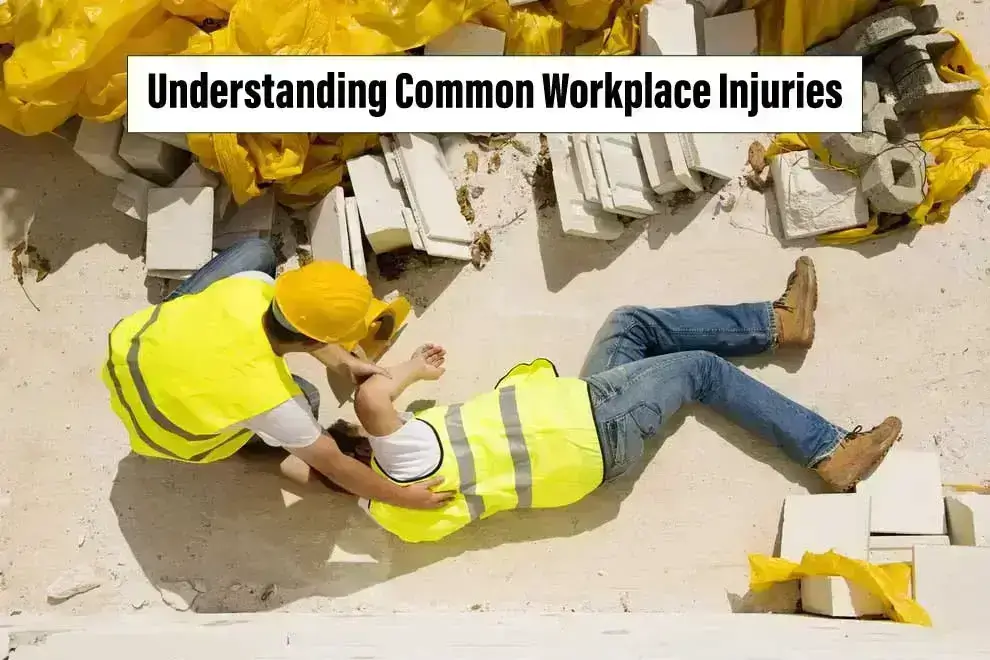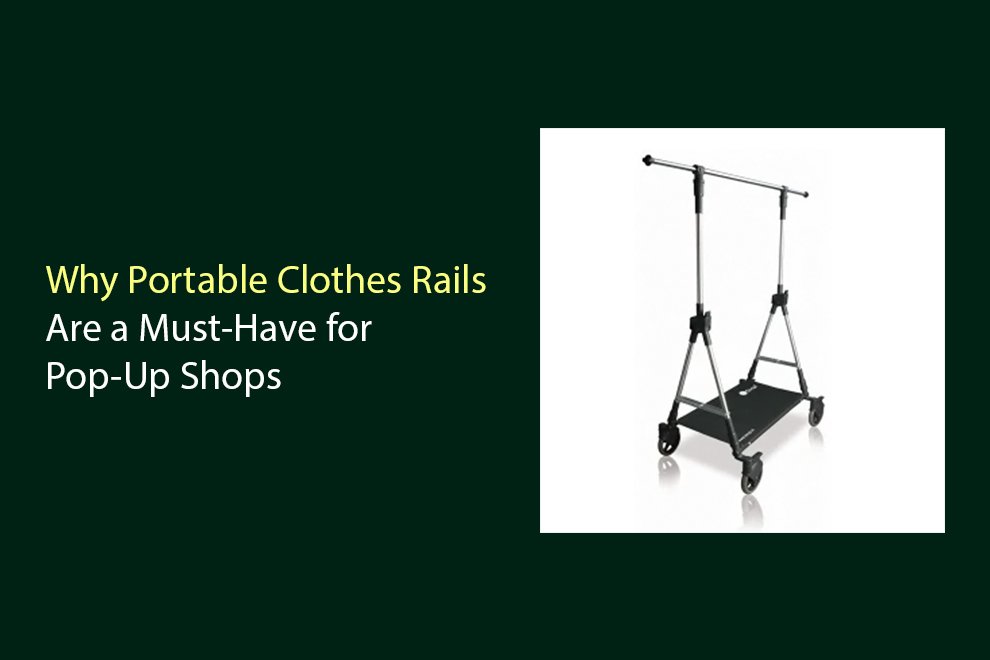Overview of Workplace Injury Statistics
The surprisingly vast scope of potential workplace injuries out there. And that is one of those things we don’t ponder much day-to-day, yet the statistics are pretty staggering when you start peeling back the layers!
On its surface, most of us probably envision the obvious acute physical traumas—construction site accidents, slip and fall attorneys, getting struck by falling objects or heavy machinery mishaps. Those dramatic, often visually jarring incidents. But hey, that’s just the tip of the proverbial injury iceberg.
The real staggering numbers start adding up when you factor in all the insidious repetitive strain and cumulative trauma situations.
Professions that involve lots of lifting, twisting, typing, or just plain awkward positioning over years and decades. Stuff like debilitating back issues, carpal tunnel, tendonitis, hearing loss from chronic noise exposure. Slowly building “injury avalanches” from mundane, underappreciated movements.
And, let’s not forget about the frequently overlooked psychological injury realm too.
Workplace stress, anxiety, depression and other mental health challenges may not leave visible marks, but can be just as impairing and valid for compensation consideration in many jurisdictions nowadays. Hostile work environments, emotional abuse, burnout—all totally legitimate culprits.
Honestly, once you start really examining the data, it’s almost harder to find job roles that DON’T carry some degree of injury risk factor!
From deadly environmental exposures like asbestos or toxic chemicals, all the way down to something as innocuous as a sedentary desk job contributing to obesity-related complications over time.
It just goes to show how we need to maintain an expansive awareness of potential hazards, whether they make headlines or not. Being chill and dismissive about “minor” aches, pains or mental stresses can lead to serious repercussions if not properly acknowledged, accommodated and mitigated.
The good news is, increasing recognition of these less-visible injury types has sparked loads of positive workplace safety initiatives and policy overhauls in recent years. Ergonomic conditioning, proactive monitoring, mental health resources—it’s all part of the holistic modern approach to creating safer, healthier career trajectories for everyone.
That’s where having a Kansas City workers compensation lawyer in your corner can be clutch. They know all the state regulations around properly documenting everything, meeting deadlines, negotiating settlement amounts if needed, and ensuring you receive the medical treatment and wage benefits you’re duly owed.
Types of Workplace Injuries
Physical Injuries
These are your classic acute incidents – things like cuts, burns, fractures, head trauma or any sudden impact or trauma to the body. Stuff you’d see on an action movie set or construction site. They tend to be impossible to miss and pretty straightforward from a causation standpoint.
Psychological Injuries
The inner anguish and turmoil kind of stuff. We’re talking work-induced stress, anxiety, depression, PTSD and other mental/emotional distress. These are finally getting their due recognition as legitimately impairing and worthy of accommodation, even if they’re not outwardly visible.
Musculoskeletal Disorders
Now we’re talking about the long-term wear-and-tear on the joints, muscles, nerves and overall musculoskeletal system. Things like chronic back pain, carpal tunnel, tendinitis and other cumulative trauma situations from repetitive motions or sustained awkward positioning over years on the job. Insidious and easy to ignore until it’s too late.
Occupational Illnesses
These are the nasties caused by exposure to harmful substances or environmental hazards that may not manifest symptoms immediately. Think stuff like lung disease from asbestos/silica, cancers from radiation exposure, hearing loss, skin disorders and so on. Real serious long-term effects that deserve vigilant monitoring.
Physical injuries are the traumatic accidents, psychological ones hit the mental/emotional realm, musculoskeletal are those nagging cumulative tissue pains, and occupational illnesses are the delayed-onset environmental exposure diseases.
The key thread with all of them is ergonomics and being proactive about minimizing risks from the get-go, whether that’s implementing physical safeguards, management training, assistive equipment or just cultivating an open dialogue around health concerns.
Because no job is really worth jeopardizing your overall wellbeing and quality of life over, you know? An ounce of prevention is worth a pound of cure, as they say. We all just want to be able to clock out feeling good and enjoy our lives to the fullest afterward.
Common Causes of Workplace Injuries
The central theme is just being aware of your surroundings, using proper equipment, conditioning your body, and never hesitating to speak up about observed dangers. An ounce of prevention through proactive mindfulness goes a long way towards avoiding nightmare scenarios.
Slips, Trips, and Falls
First up, we have the classic slip, trip and fall hazards. These can happen practically anywhere – wet floors, loose carpeting, poor lighting, cluttered walkways. Sounds simple, but they consistently account for a huge chunk of workplace injuries across all industries. Sprains, strains, bruises, breaks – the whole painful shebang.
Overexertion and Repetitive Motion
Next category is overexertion injuries. We’re talking about putting too much strain on your musculoskeletal system by lifting, pulling, pushing, holding awkward positions for too long. Lots of back, shoulder, and joint issues stem from overexertion, whether it’s sudden or that cumulative wear-and-tear over years.
The big one people maybe don’t realize is repetitive motion injuries. Carpal tunnel, tendinitis, etc. from doing the same movements day in, day out without proper conditioning or equipment. Surprisingly prevalent for jobs with keyboard/mouse work, assembly lines, even scanners and checkout stations.
Machinery and Equipment Accidents
Can’t forget about falling object dangers too. Getting clunked by something dropping from above, even smaller objects carrying force, can lead to concussions, fractures, cuts – you name it. Construction has a lot of these obviously, but plenty happen in warehouses, factories, offices too.
Workplace Violence
Definitely want to cover physical workplace assaults too. Sadly, violence from customers, clients, co-workers or trespassers is a real risk some professions have to be prepared for. Training on de-escalation and protective protocols is key.
Legal and Regulatory Framework
OSHA is essentially the federal watchdog agency when it comes to workplace safety standards and regulations across the United States. Their mission is to ensure safe and healthy working conditions by setting and enforcing standards, along with providing training, outreach, education and assistance.
Some of OSHA’s core areas they regulate include limits on hazardous chemical exposures, requirements around personal protective equipment, proper safety procedures for things like hazardous materials, fire safety, fall protection, machine guarding, recordkeeping and more. Basically aiming to prevent injuries, illnesses and deaths on the job.
Now, employers do have legal responsibilities to comply with all applicable OSHA standards for their industry. Conducting hazard assessments, implementing safety protocols, providing protective gear, training employees properly and maintaining accurate injury or illness records. If they’re lax on any of that, workers can file official complaints with OSHA to investigate.
Where it gets tricky is the workers’ comp claim process when an employer disputes or denies a claim. In an ideal world, legit work-related injuries would always be approved smoothly. But sometimes employers might argue the injury wasn’t work-related, didn’t get reported properly, or try to downplay its severity to avoid paying out.
OSHA sets the overarching workplace safety standards that employers must follow. When workplace injuries do occur, there’s sometimes disputes around workers’ comp claims that can require legal muscle to resolve properly. But employees also need to do their part in following protocols and creating a clear record.
The core philosophy is that no job is worth risking your health over. Safe working conditions should be every employee’s right, not a privilege. With some patience, attention to detail, and a little know-how, you can advocate for the safe work environment you deserve without becoming a disgruntled adversary.
Also Read: Social Media and Personal Injury Cases: The Do’s and Don’ts










